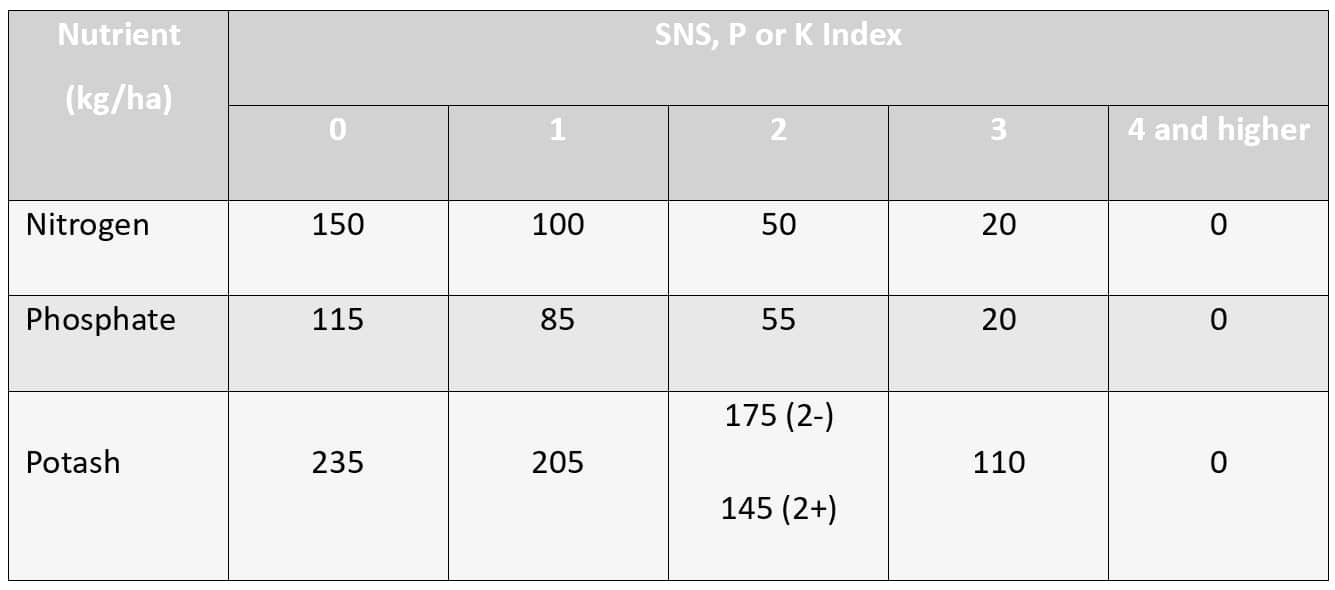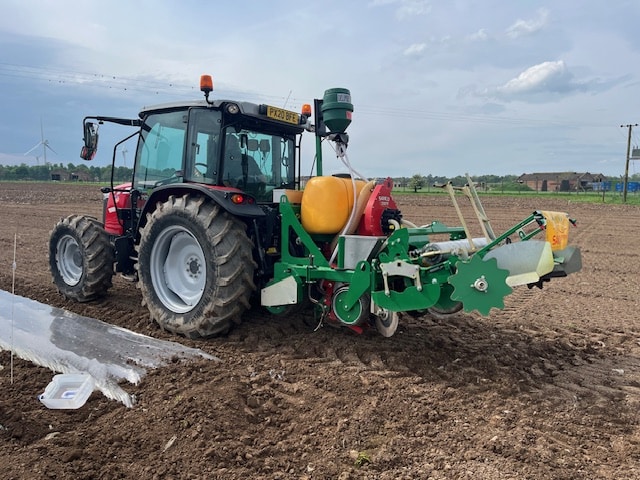Managing maize to maximise yields
Amie Hunter, Hutchinsons agronomist & technical support, considers the essential ingredients for successful maize establishment ...
“With over 50% of the potential yield of maize dependent on good soil structure, the old saying of “well sown, half grown” has never been more appropriate than for the UK maize crop this spring,” she says.
Start right
Maize does not cope well with compaction or wet feet, so it is vital to mitigate these scenarios where possible. The aim is for good germination, rapid establishment and unrestricted rooting, she points out.
“Poor soil structure will lead to a lower maize yield regardless of variety choice, fertiliser or herbicide programmes. So it is important to start right – fields should be assessed for compaction, and if required, consider subsoiling or appropriate cultivations at the correct depth to remove the compacted layer.
“Maize seedbeds should be level and allow good seed to soil contact – but the surface should be moderately cloddy. The slightly cloddy surface allows for drainage and prevents capping, as most maize crops fail if they sit in wet, cold soils.”
She notes if drilling maize later, in warmer, drier conditions then a finer seedbed may be appropriate, but it is important to not overwork the soil as this can cause a small, compacted layer at seed-depth. If it turns wet this can result in the maize seed sitting in this wet area for longer, negatively impacting rooting and ultimately yield.
Soil temperature is critical
Drilling dates for UK maize are usually considered to be from 15th April onwards, although the critical factor is soil temperature, she says.
“Soil temperatures should be monitored daily with at least three consecutive days of a minimum of 8oC (10oC for heavy soils) before drilling. The use of film allows soils to warm up quicker and retain warmth so drilling under film may start from lower temperatures – potentially from 60C. “
Supporting growth with nutrition
Ms Hunter notes as Maize puts on an impressive amount of growth in a very short period, it is important that the correct nutrition is available to support this growth. The table below taken from the RB209 highlights the nutrient requirements for a 40t/ha maize crop.
“Maize is often grown in rotations with considerable organic manure use, so it is vital a suitable nutrient management plan is in place ensuring correct nutrient supply and taking account of any organic amendments.
“Despite being such a large crop, maize is a notoriously “lazy rooter” early on,” she notes.
“Phosphate is vital for early root development and moves only millimetres in the soil, hence maize responds very well to starter fertiliser placed near the seed at drilling. Traditionally in the form of DAP there are now microgranular products such as Primary-P available offering protected phosphate applied at very low overall rates and trials have shown significant yield benefits and excellent nutrient use efficiency: applying small amounts in a targeted area.”
Timely herbicide programme
A well planned herbicide programme is vital for a successful maize crop – getting it wrong can be catastrophic for yield, with yield losses of 50-60% common in untreated plots in trials.
“Maize is very susceptible to weed competition particularly early on, so herbicide timing is absolutely key. A delay in weed control from the 2-3 leaf stage to the 4-6 leaf stage can see a 5t/ha yield difference! ,” says Ms Hunter.
“The correct use of glyphosate to start off weed free is vital, and a pre-emergence herbicide is strongly recommended. Not only does this pre-emergence herbicide reduce the early weed burden, but it also allows us to be more targeted with the post-emergence and avoid harsh tank-mixes at this post-em timing. “
Depending on target weeds, a pre-emergence based around a minimum of 1200g pendimethalin /ha is a good starting point, she advises. “Post-emergence herbicides should be targeted and adjusted according to weed spectrum but completed by the 4-leaf stage of the maize to minimise the impact on yield.”
Five key steps for maximizing maize yields
| 1. Aim for good germination, rapid establishment and unrestricted rooting |
| 2. Ensure seed bed conditions are optimal |
| 3. Soil temperature is critical |
| 4. Support growth with correct and adequate nutrition |
| 5. Plan a timely herbicide programme |
